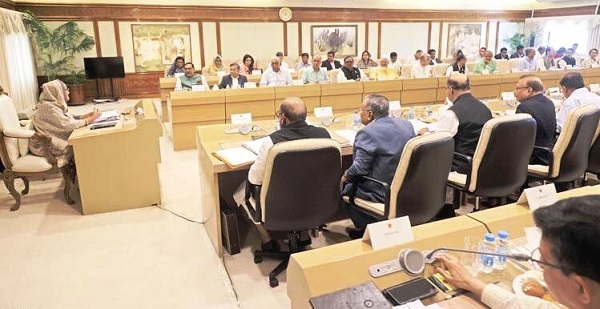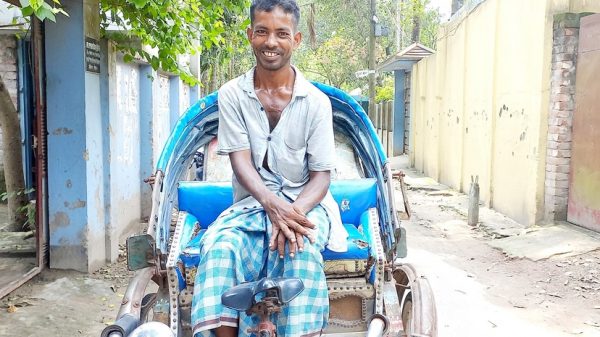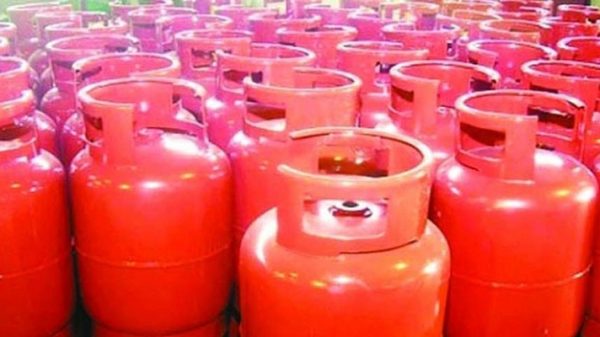Govt must check waterborne diseases in flood-hit areas

THE public health system in the north and north-east affected by the flooding is overwhelmed with an increased number of patients with waterborne diseases. The number of such patients doubled in recent days in many hospitals despite measures such as the distribution of water-purifying tablets and oral rehydration saline to the affected. The average number of patients with waterborne diseases in public hospitals in the Sylhet division has reportedly increased by about 70 per cent. Upazila health complexes, many without the supply of safe drinking water since the flooding began, have been overwhelmed with more patients suffering from waterborne diseases. Public hospitals in the Sylhet division usually treat about 150–160 patients with waterborne diseases every day, but the number of such patients reportedly increased to at least 250 on Saturday. While the number of patients with waterborne diseases has increased significantly since floodwater began to recede, public health officials fear that an outbreak of waterborne diseases could happen once floodwater recedes from all affected areas. Such a situation suggests that government efforts to provide safe drinking water for the affected people and to prevent an outbreak of waterborne diseases have so far been largely inadequate.
Flooding, especially in the monsoon season, is a recurrent phenomenon. Millions of people are marooned or relocated to flood shelters with little to no access to safe drinking water whenever a large-scale flooding takes place. The situation in terms of the availability of safe drinking water and possible outbreaks of waterborne diseases, however, remains the same every time. This suggests that successive governments have over the decades failed to put in place any sort of mechanism to prepare for such a situation. The recent flooding began weeks after another large-scale flooding in May that affected about four million people. The government still appears unprepared to deal with a similar situation. The government now needs to immediately attend to the issue of an increase in the number of patients with waterborne diseases to prevent a public health crisis. The government needs to increase the capacity of public health facilities at all levels and strengthen their treatment services. More physicians should be deployed to public health facilities to deal with the surge in waterborne diseases. The number of medical teams in the field should also be increased to reach safe drinking water, water-purifying tablets and oral rehydration saline to flood shelters and to people still marooned. While an outbreak of waterborne diseases could still be prevented if the government immediately attended to such issues, the government needs to plan for the long term to effectively deal with this recurrent situation.
The government must, therefore, immediately take the measures necessary to deal with the increased prevalence in waterborne diseases and to prevent an outbreak. The government must also come up with a long-term strategy to effectively deal with such a recurrent problem.

























Leave a Reply